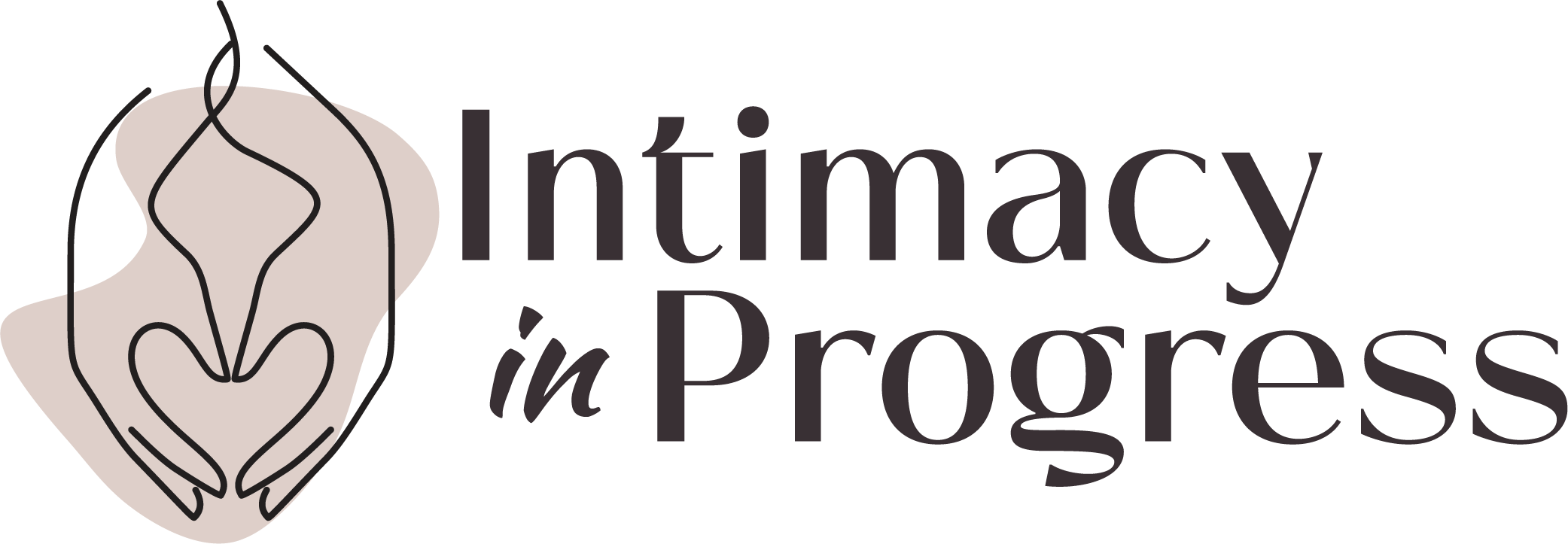We applaud the calm, collected problem-solver, the person who doesn’t let emotions “cloud” their judgment. But here’s the kicker: while society hands out gold stars for emotional stoicism, the quiet cost of this suppression creeps in like background static—barely noticeable until the connection starts to fray.
The Analytical Armor: A Double-Edged Sword
In therapy sessions, it’s common to encounter couples where one partner is fluent in the language of feelings, while the other speaks strictly in facts, logic, and data points. The emotionally attuned partner navigates the relationship with sensitivity, while the analytical counterpart might prefer to solve emotions the way one solves a math problem—identify, rationalize, and file away. It’s efficient, clean, and dangerously incomplete.
Society loves these analytical thinkers. They thrive in boardrooms, lead tech innovations, and craft meticulous life plans. But relationships aren’t spreadsheets, and feelings don’t follow formulas. The problem? Emotions aren’t facts to be debated or dissected. They’re signals—flares shot into the sky, demanding attention, not analysis.
Emotions: Not Facts, But Vital Data
Imagine driving a car and ignoring every warning light on the dashboard because, technically, the car is still moving. That’s emotional suppression. Sure, you can keep going for a while, but eventually, you’ll break down in the middle of nowhere, wondering why the engine gave out without “proper” warning. But the warnings were always there—you just muted them.
Emotions are the dashboard lights of our internal world. They aren’t always precise about the problem, but they signal that something needs attention. Suppressing emotions is like putting tape over those blinking lights. Out of sight, out of mind, right? Until it’s not.
Brene Brown Was Right: You Can’t Selectively Numb
Brene Brown, in her TED Talk The Power of Vulnerability, drops a truth bomb: when we suppress unpleasant emotions like grief, fear, or disappointment, we don’t just mute those. We end up muting joy, connection, intimacy—the good stuff, too. Emotional suppression isn’t a surgical strike; it’s a carpet bomb.
Think about it. If you build walls to keep out the hurt, those same walls keep out love. If you numb anxiety, you inadvertently numb excitement. It’s like trying to mute just one instrument in an orchestra by stuffing your ears—you lose the whole symphony.
Relationships: Where Suppression Goes to Die (Or At Least Get Exposed)
Romantic relationships are emotional mirrors. You might dodge feelings at work, in friendships, or with family, but your partner? They see the gaps. Emotional suppression shows up in small ways: the inability to express vulnerability, dismissing a partner’s feelings as “irrational,” or defaulting to problem-solving mode when empathy is what’s needed.
And here’s the twist: it’s not that logical thinkers lack emotions. They feel deeply. They just haven’t learned to sit with those feelings without trying to fix, explain, or outthink them. But feelings aren’t problems to be solved. They’re experiences to be felt.
You Don’t Have to Ditch Logic to Embrace Emotion
The goal isn’t to abandon your analytical superpowers. Logic is valuable. Critical thinking is a gift. But when it comes to emotions, you need to add another tool to your kit: emotional presence.
Think of it like this. You don’t have to become someone you’re not. Keep your logic, your problem-solving skills, your intellectual edge. Just learn when to switch gears. When your partner shares their feelings, they’re not handing you a puzzle to solve; they’re inviting you into their experience. You don’t need to fix it. You need to witness it.
How to Start: Baby Steps Toward Emotional Awareness
- Name It to Tame It: When you feel something uncomfortable, resist the urge to analyze it right away. Instead, name the emotion. Not the situation, not the logic around it—just the feeling. Is it anger? Sadness? Fear?
- Sit With It: Discomfort isn’t fatal. Let the feeling exist without judgment. Notice where it shows up in your body. Does your chest feel tight? Is your jaw clenched?
- Share Without a Solution: Practice expressing feelings without tacking on an explanation. For example, “I feel overwhelmed right now,” full stop. No need to justify why.
- Listen Like It Matters: When someone shares their feelings, don’t jump to advice. Reflect back what you hear: “It sounds like you’re really frustrated by that situation.” Simple, but powerful.
- Therapy Is a Gym for Your Emotions: Just like you don’t expect to bench press 200 pounds on your first day at the gym, don’t expect emotional fluency overnight. Therapy isn’t just for crises; it’s a space to practice emotional muscles you haven’t used much.
The Payoff: Deeper Connections, Fuller Life
When you stop suppressing emotions, life doesn’t just get messier—it gets richer. You feel more connected to yourself and others. Joy becomes more vibrant because it’s not dulled by the walls you built to keep out pain.
Emotions are messy, yes. They’re inconvenient, unpredictable, and sometimes overwhelming. But they’re also the glue of human connection. So the next time you catch yourself suppressing a feeling, pause. Breathe. Listen. That discomfort? It’s just a signal. And beneath it is the life you’re trying so hard to control—waiting to be fully felt.





